Atemoya
Atemoya is a hybrid of 2 native American tropic fruits – sugar apple and cherimoya. Its name is derived from an old mexican name for sugar apple – ‘ate’ while ‘moya’ comes from the cherimoya fruit. It belongs to the Annonaceae family.
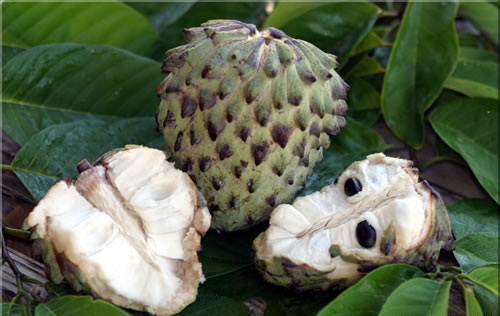
Atemoya
Table Of Content
Atemoya Binomial Name
The binomial name for Atemoya is Annona × atemoya.
Atemoya Other Names
This fruit is known by different names in different parts of the world. In Taiwan, it is called Pineapple sugar apple, Anona in Israel, Mamon in Cuba, Chirimorinon in Venezuela and Achta in Lebanon.
Atemoya Origin
In 1908, the first cross of this fruit was developed by horticulturist P.J. Wester at the USDA’s Subtropical Laboratory (Miami,US). In 1917, at the Plant Introduction Station in Miami, Edward Simmons grew the hybrid fruit successfully. The tree survived at 26.5ºF temperature, which shows its hardiness that has come from cherimoya.
Atemoya Tree Description
Tree
Atemoya is a fast growing tree. It may reach about 25 – 30 feet in length if properly cultivated.
Leaves
The ovate shaped green leaves are hairy at the beginning and gets smooth as it matures. As far as the shape is concerned, the leaves are generally variable in a single tree. Leaves are around 3 – 8 inches long and 1 – 3 inches wide. Leaf drop rate depends on the weather conditions.
Flowers
Flowers come out from leaf axils in clusters of 1 – 4 during mid spring to late spring.
Fruit
Atemoya trees produce fruits in 3 – 5 years. The fruits are generally green or light green in color, and turn yellowish green as it ripens. Fruits are round or oval shaped and around 7.5 to 12 centimeter in size. It weighs around 250 – 470 grams. The outer surface of the fruit is not smooth.
The edible custard-like flesh of Atemoya is creamy white. Each fruit carries around 10 – 30 hard, shiny, brown colored seeds inside.
Atemoya Distribution
Atemoya is native to South America. They are also found in Central American countries, Caribbean islands and United States (especially in Florida).
Atemoya Habitat
This tree grows well in tropical and subtropical regions.
Atemoya Cultivation
Growing this tree is not a hard task as it can tolerate low temperatures. Here is a brief description about the cultivation conditions:
- Soil: The seeds should be planted in dry or half moist soil. This tree is well adapted for sandy or limestone based soils. Wet soil is not good for the growth.
- Temperature: This tree is relatively hardy and can tolerate low temperature.
- Sowing: The seeds can be sowed in a seedbed. It takes few days to germinate.
- Site : For best growth, seedlings can be transplanted in a place where it will be able to receive full sun.
- Watering: During the early stages, deep watering is good for proper growth. In winters, water the plant only if it is necessary to keep the soil slightly moist.
- Pruning: The young trees should left to grow in its first season. Following spring, pruning can be done by cutting off the branches. It helps to maintain the size of the tree.
- Fertilizer: Young trees must be fertilized in every 5 – 8 weeks.
Atemoya Harvest
The ripe fruits are supposed to be clipped from the branches. Frequent picking is good for the growth of fruits.
Atemoya Taste
The flesh of this fruit tastes almost similar to ‘fruity vanilla’.
Atemoya Nutritional Facts
Per hundred grams fresh flesh of ripe fruit contains-
- Protein – 1.07-1.4 g
- Calories – 94
- Fat – 0.4-0.6 g
- Moisture – 71.48-78.7 g
- Fiber – 0.05-2.5 g
- Sodium – 4-5 mg
- Carbohydrates – 24 g
- Ash – 0.4-0.75 g
- Iron – 0.3 mg
- Potassium – 250 mg
- Magnesium – 32 mg
- Calcium – 17 mg
- a-carotene – 10 mcg
- B-carotene – 10 mcg
- Thiamine – 0.05 mg
- Zinc – 0.2 mg
- Niacin – 0.8 mg
- Riboflavin – 0.07 mg
- Ascorbic Acid – 50 mg
- Cryptoxanthin – 10 mcg
Atemoya Health Benefits
This fruit reduces the risk of cancers and cardiovascular diseases. It also helps to keep the blood pressure in control.
Atemoya Uses
The fruit is generally eaten fresh. The flesh is sometimes added in ice creams and desserts. The fruit slices are sometimes added in fruit cups and salads. It is also combined with lime juice, orange juice and milk shakes.
Atemoya Side Effects
Atemoya seeds contain toxins and must be removed before eating. If the seeds get damaged, its toxins may reach the flesh.
Atemoya Interesting Facts
Here are some interesting facts about Atemoya:
- Countries like Australia, Israel, Brazil and the Philippines have developed this fruit as an important commercial crop.
- A 5 year old Atemoya tree can produce around 50 fruits each year.
- This fruit has got numerous varieties. Among these, Gefner variety which grows well in Florida is very popular.
- At times people mistake this fruit to be a hybrid of Pineapple and Sugar apple.
Where to buy Atemoya?
This fruit is available in most fruit markets around the world.
How to Store Atemoya?
This fruit can be kept in a refrigerator for at least a month, but to gain maximum health benefit, its better if consumed fresh.
Atemoya Pictures
Here are some pictures of this tree and fruit:
References:
http://en.wikipedia.org/wiki/Atemoya
http://www.fruitsinfo.com/Atemoya-Exotic-fruits.php
- by Tuhin Das
- February 22nd 2012

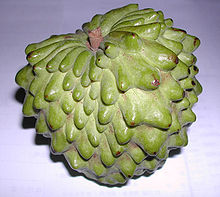
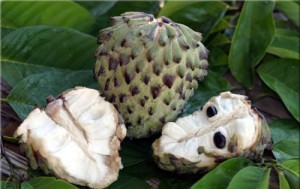
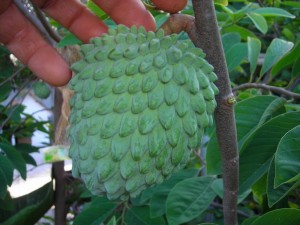
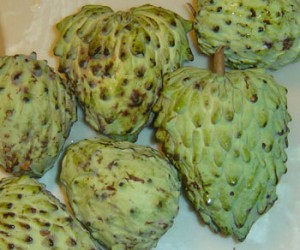
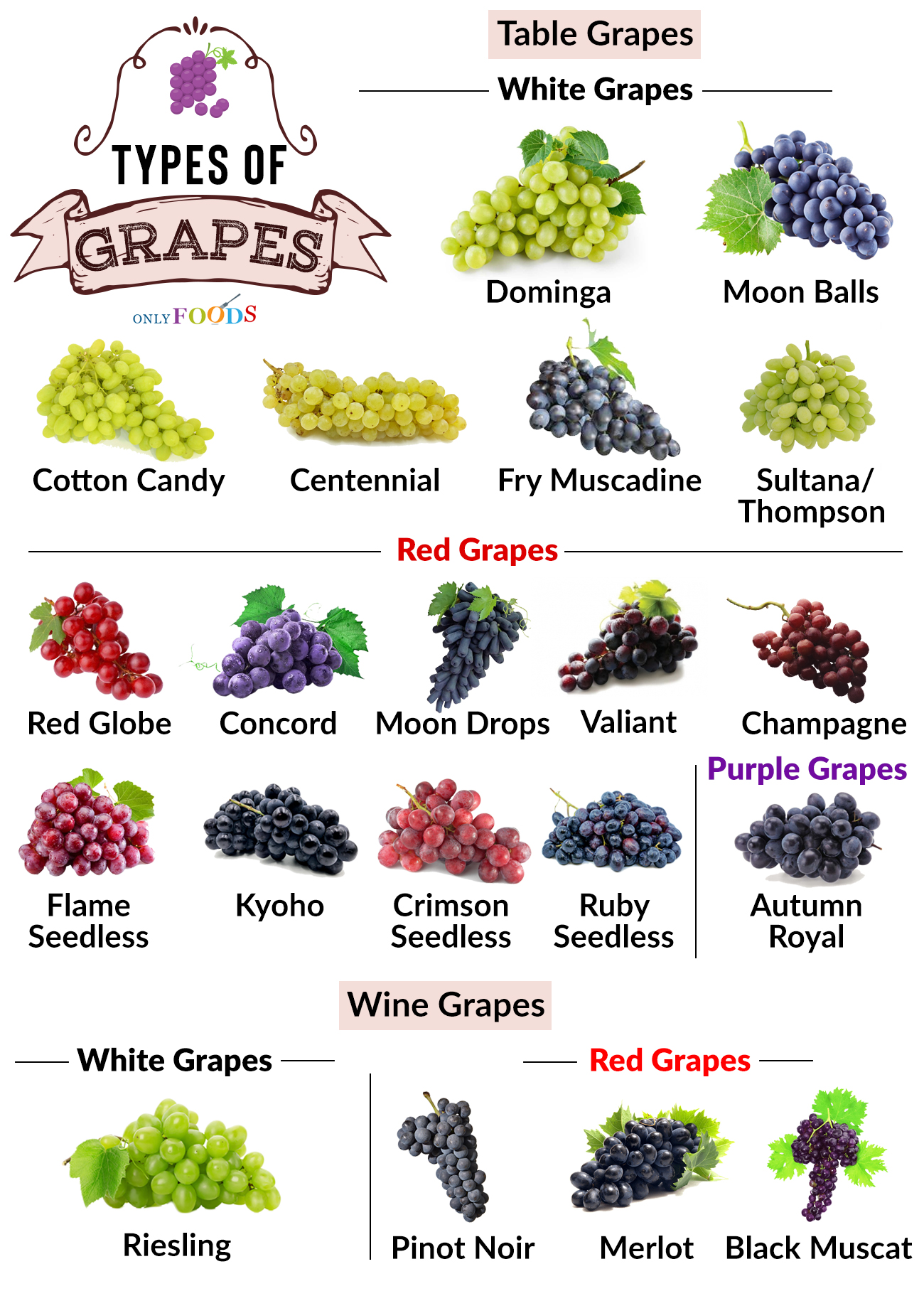
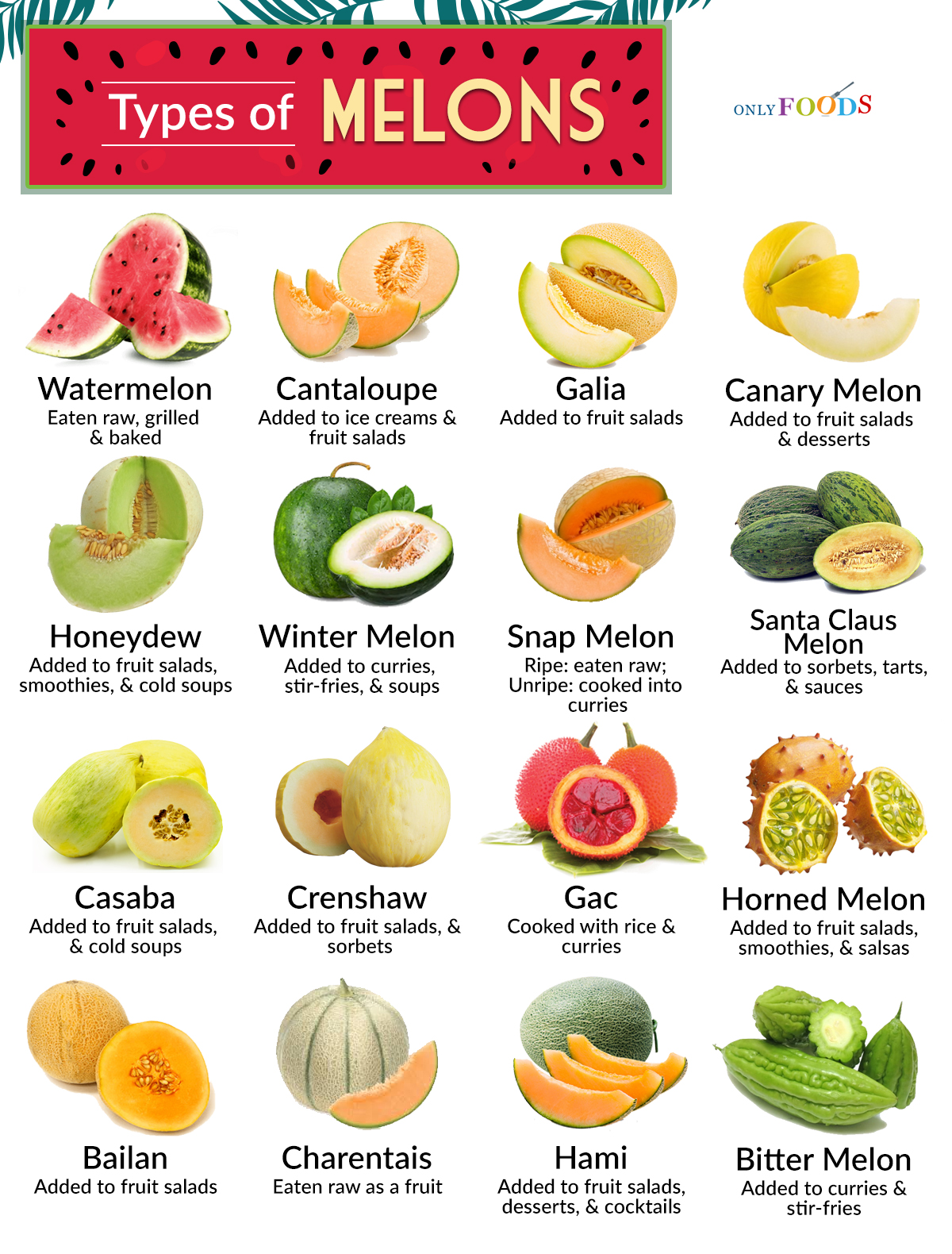
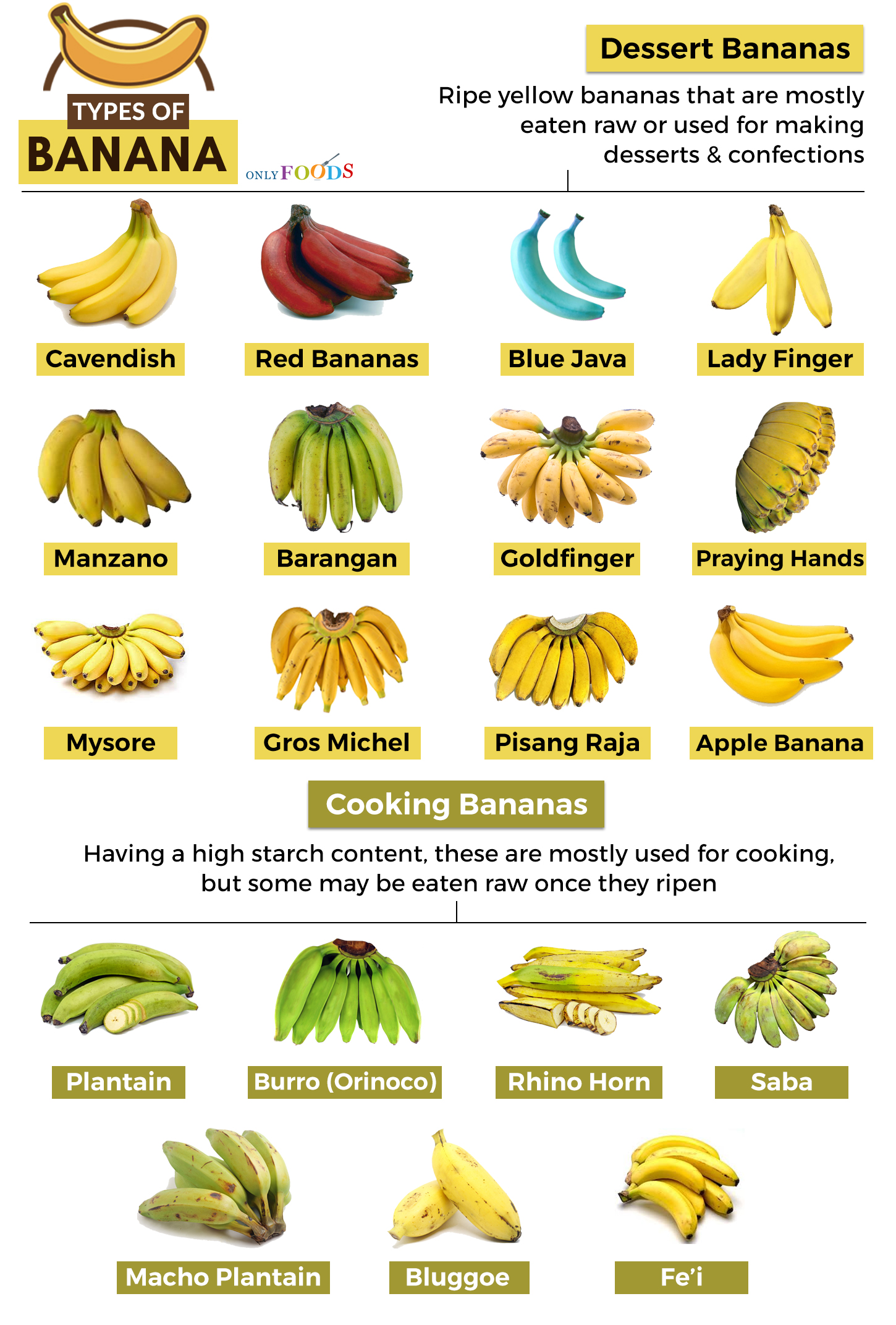
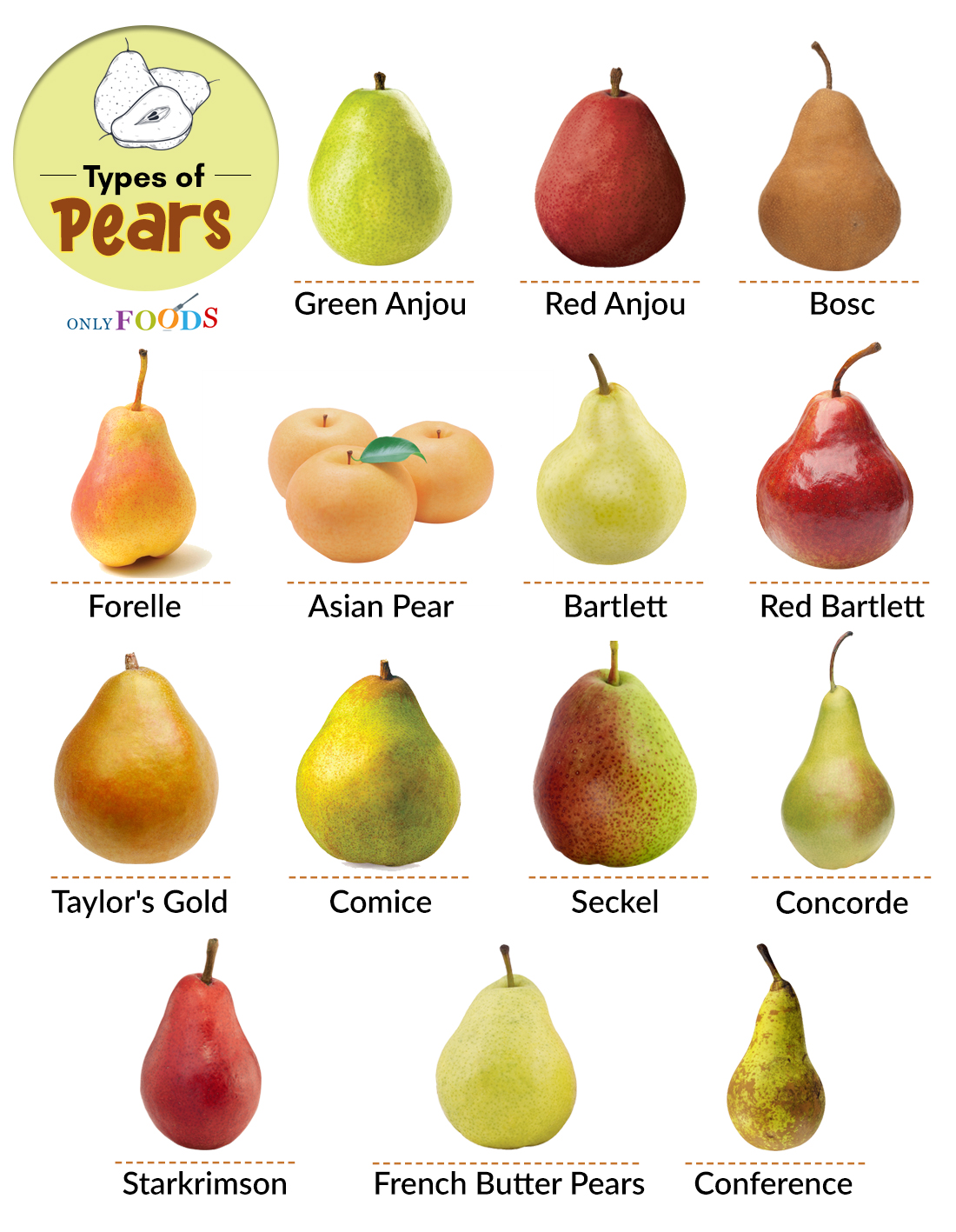
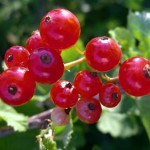
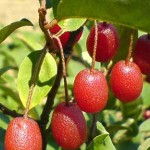
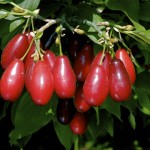

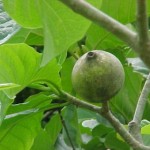

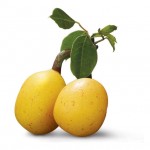
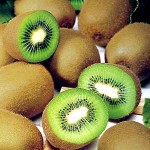
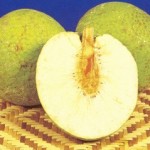






Leave a Reply